5 fun activities to help kids learn their speech goals
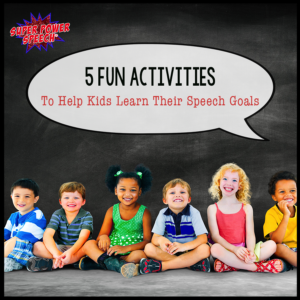
“The first thing students need to learn is what they’re supposed to be learning.” (Moss, Brookhart, Long, 2011)
One of my student learning growth goals last year was that every student would know what they are working on in speech. I wanted them to learn their goals and understand why our speech activities were relevant to their goals. Even though we worked on learning and remembering speech goals every week, by the end of the year, only half of my students could remember their goals. When asked, “What do you work on in speech?”, answers included: earning speech money, playing games, reading books. While all of these are indeed things that we do in speech, these are not the reasons that I pull these students thirty to sixty minutes per week.
I want my students to know their learning targets. I want them to think about their learning and what their goals for the session and ultimately the year are. For as Moss, Brookhart, and Long state, “No matter what [the instructors] decide students need to learn, not much will happen until students understand what they are supposed to learn during a lesson and set their sights on learning it.” (2011)
Metacognition: “higher-order thinking that enables understanding, analysis, and control of one’s cognitive processes, especially when engaged in learning”
This year, I am going to approach these metacognitive skills in a different way. I am going to plan fun activities at the beginning of the year that really engage students AND get them to think about their goals. Midway through the year, we are going to repeat the activities and again focus on learning their goals. After the activities, I want students to think about and state:
- What am I working on in speech?
- Why are these goals important?
- What are some activities that I’ve done that work on these goals?
- Do I practice these goals outside of the speech room?
- What helps me most when practicing these goals?
I’ve developed a list of 5 activity options to help students learn and process their goals. I hope that you find one or more of them useful for your own students!
5 fun activities to help kids learn their speech goals
1. Memory
Write down each goal on a separate file card. Repeat the process so that there are two of each card. Mix up all of the goal file cards and then place them upside down in rows on the table. Have students pick up cards and try to find their goal and then the exact match to their goal. Continue until all goals have been found. After all of the goal card matches have been found, talk about what each one means and how the students can practice the goals.
For a free set of pre-made goal cards, sign up here.
2. Scavenger hunt
Write down each goal on a separate file card. While the students’ eyes are closed, hide the cards all over the room. Release the students to find their goal cards. Once all of the students have found their appropriate goal cards, talk about what each one means and how the students can practice the goals.
3. Draw the goals
For each goal, have students draw a picture that represents that goal for them. The drawing can be concrete (such as a picture of themselves doing the goal), or abstract (such as colors splashed upon a page that help the student remember the goal). After all of the goals have been drawn, discuss the goals together and have students explain their drawing and why it will help them to remember their goal.
4. Charades
Write down all of the goals in the group and place them before the students. Then whisper one goal to the first student and have him/her act it out. Have the other students guess the goal. Repeat until all students have acted out all of their own goals. Reflect on how acting it out may help the students remember their goals and how they can practice these goals outside of the speech room.
5. Create a story
After telling the students what their goals in speech are, have each student make up a story with a main character that has to “conquer” these goals. Help the students to develop a beginning, middle, and end to the story and make sure to include all of the goal areas. Write down the story so they can practice retelling the story at home to their families.
Help your students learn what they are learning. Make them aware of their goals and take ownership for what they are and how they can practice these goals throughout their day.
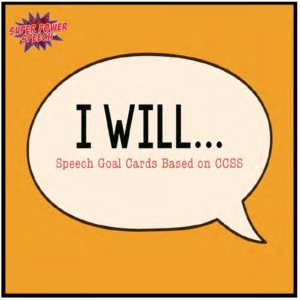
For a free set of pre-made goal cards, sign up here.
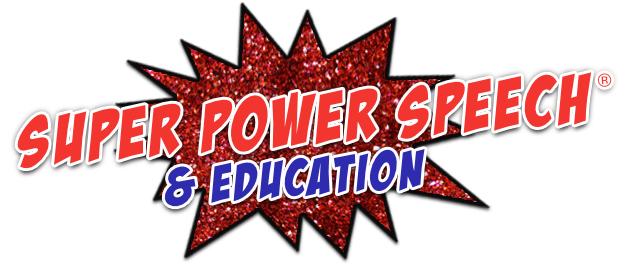
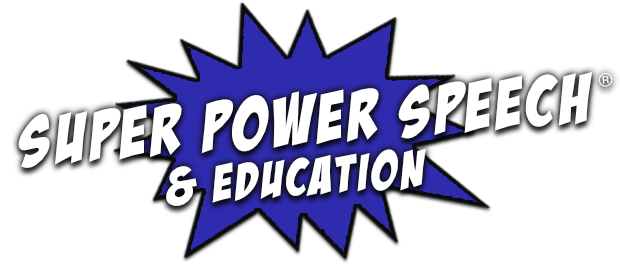

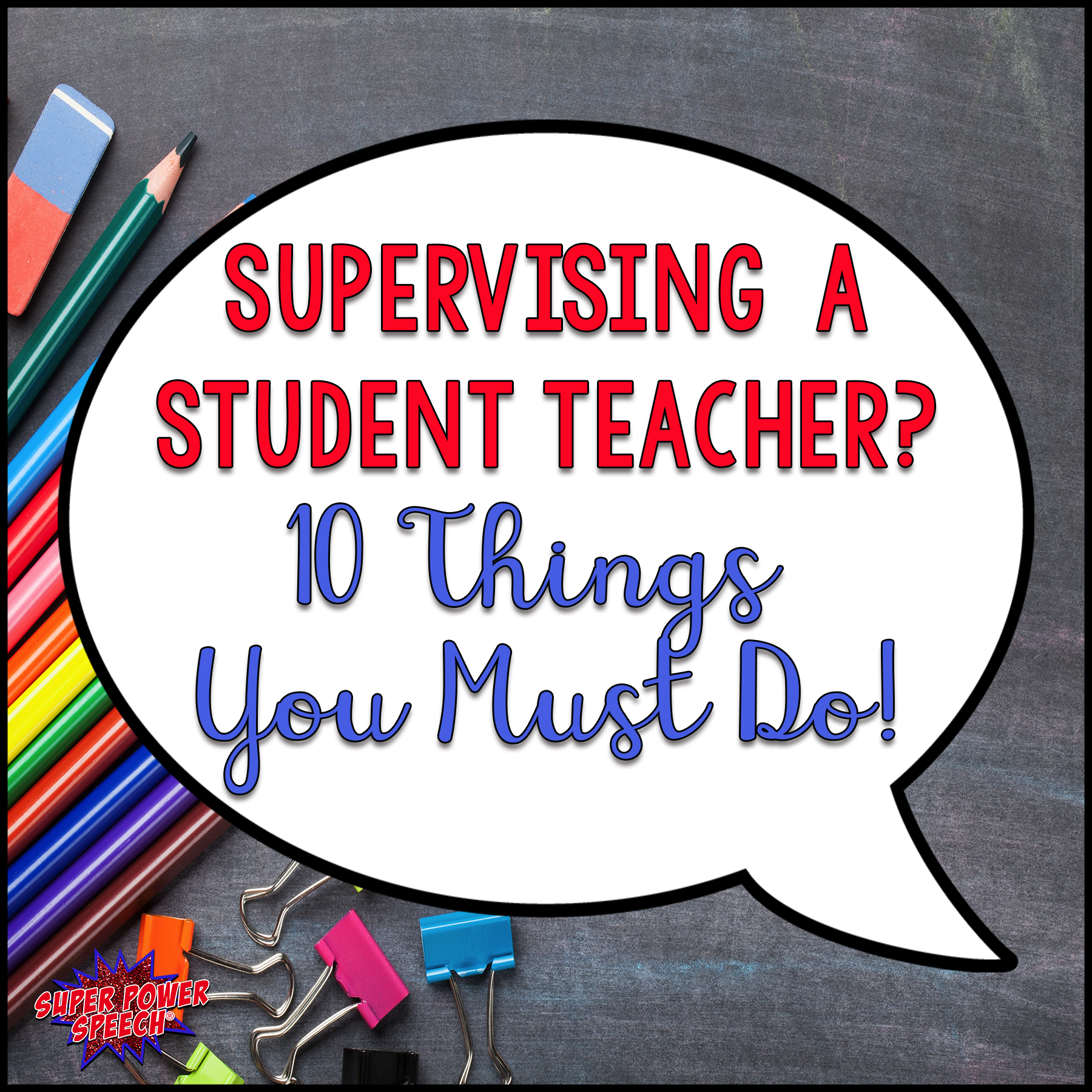


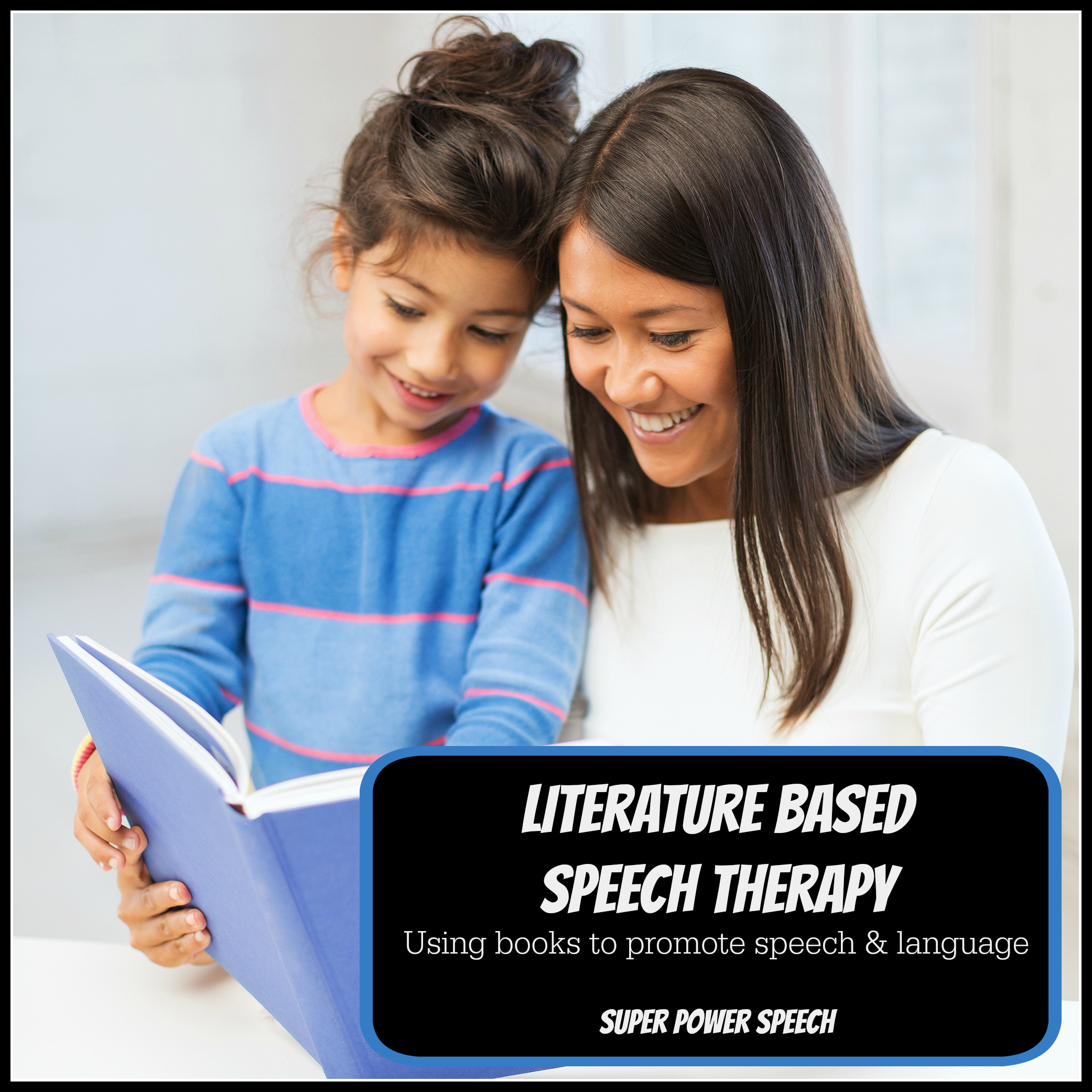
This is a great idea! I am excited to try this out this year so that my students can become more accountable for their own success. Thanks!
I tie achieving goals to earning extra points towards earning a desired incentive (prize). I make many subgoals on the way to achieving the big goal. They seem to be able to remember the subgoal they are working on at the time and I am amazed at how motivated they are to achieve their subgoal so they can earn their incentive. I don’t make them learn their overarching goal. I write down the subgoals on a “ladder” and they enjoy coloring in the space. They are very proud of themselves for being able to accomplish their goal….some are just interested in the incentive….either way they can look at their “ladder” and see how far they have progressed. Each time they come to a session, they often ask me if they can try to achieve their goal. They open up their notebook and the ladder is the first page in their book. I make them achieve their goal on three different days before they can color it in and say they have accomplished it.
This is so brilliant!!! do you have a photo you could share with me?
Hi Cheri! I’d love a copy of your “I Will” goal cards. Where do I sign up?
Anywhere that it says “subscribe”! 🙂